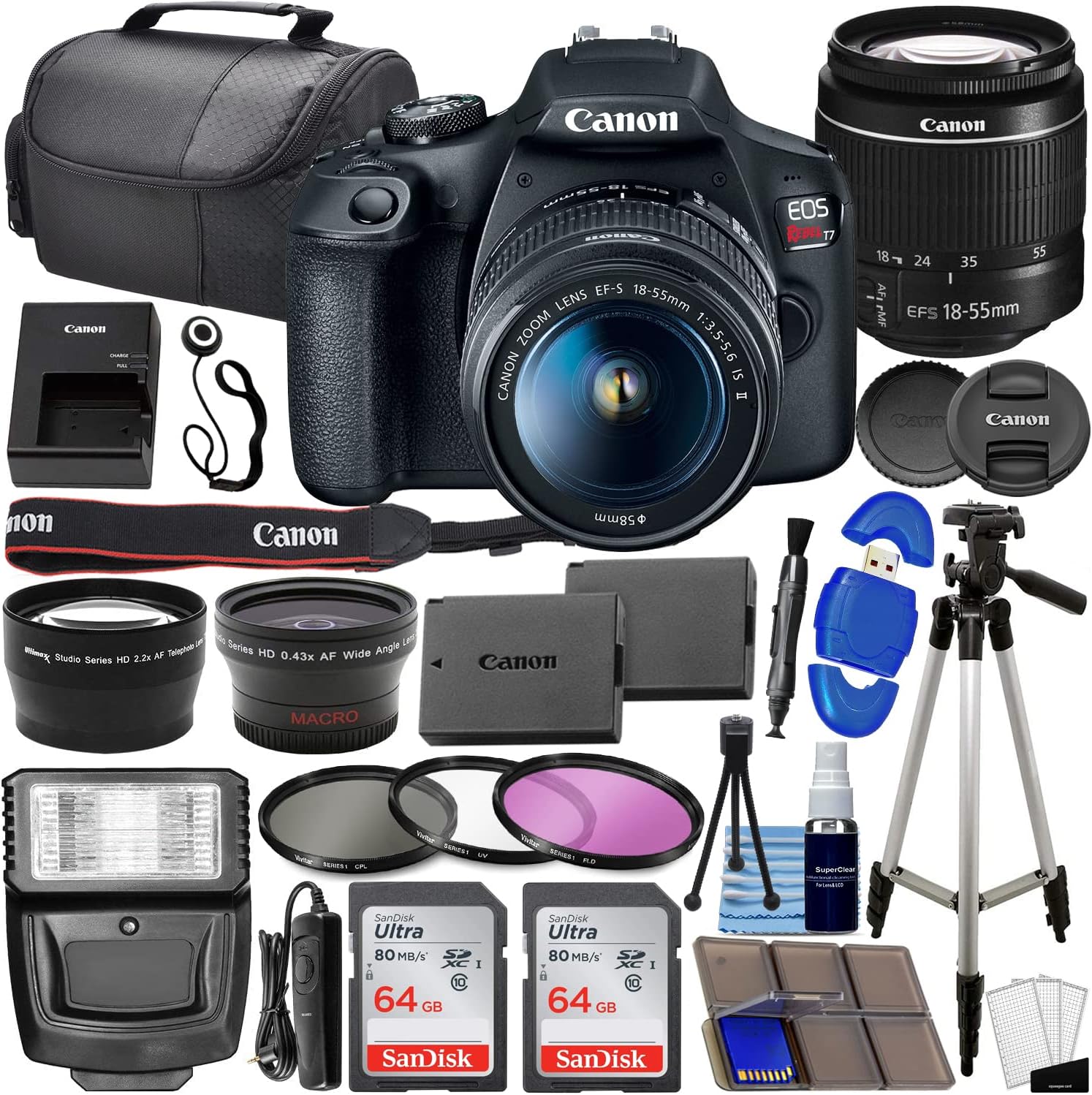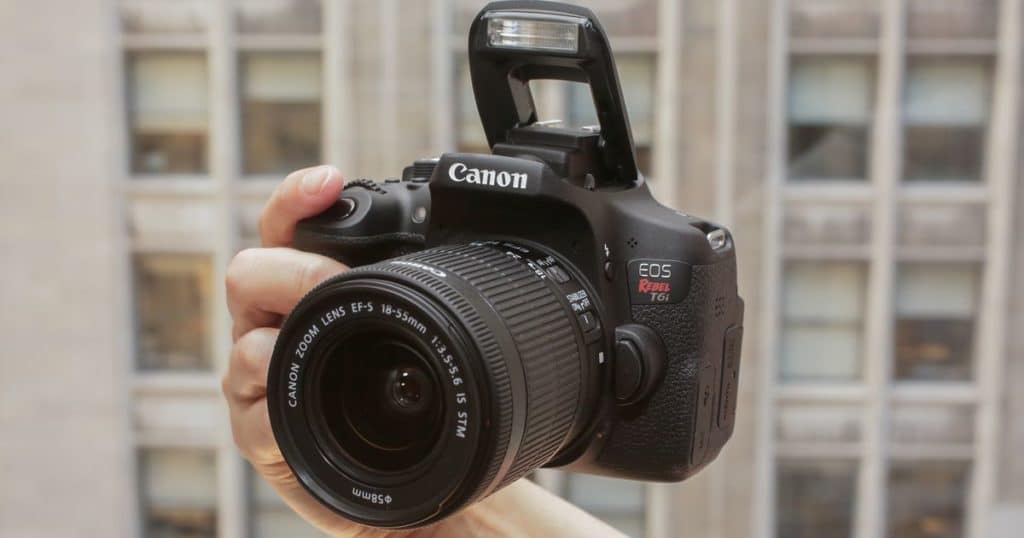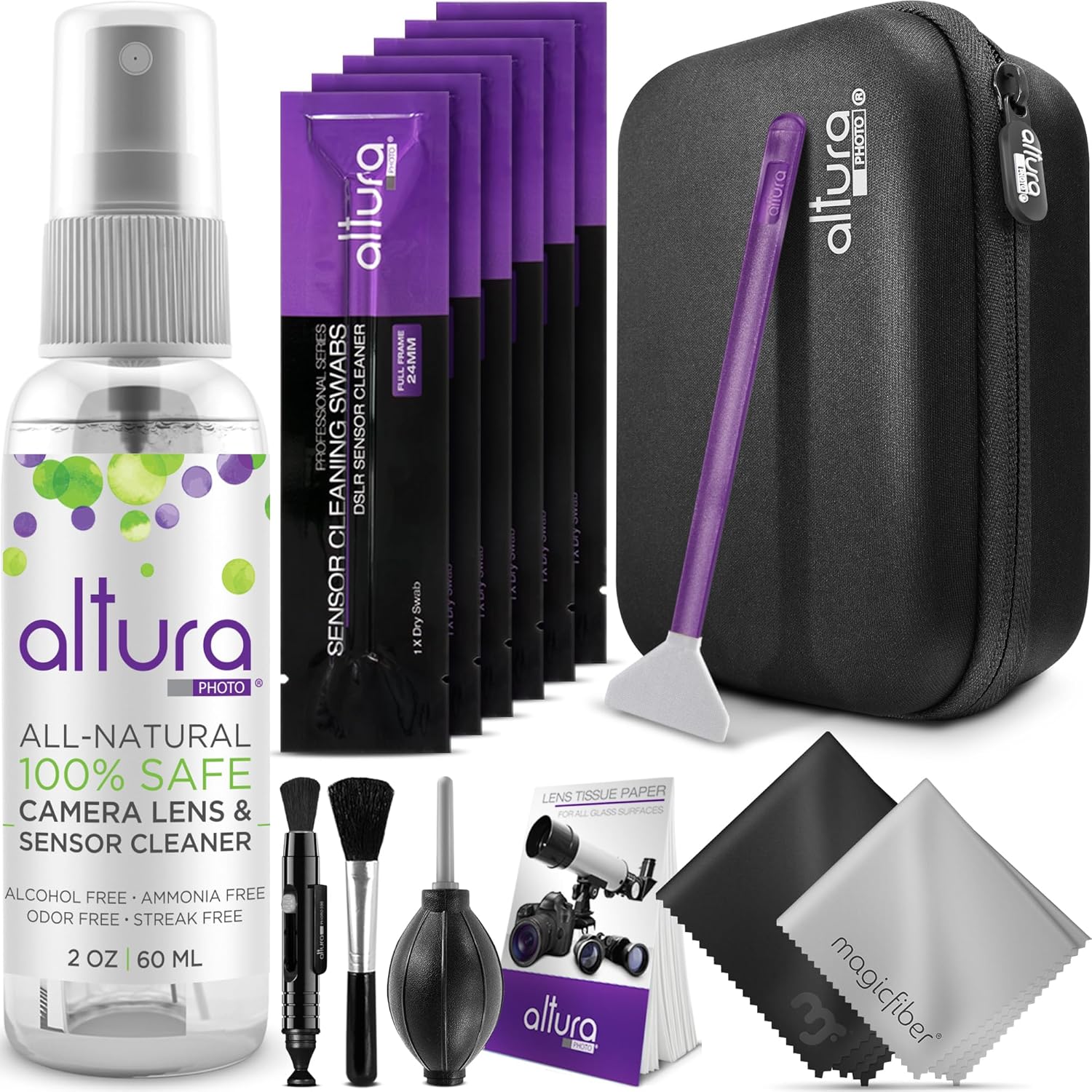Understanding the Function of Shutter Speed in DSLR Cameras
Shutter speed is one of the most essential settings in DSLR cameras, yet it remains a misunderstood aspect for many, especially those entering professional photography. For anyone aiming to refine their photographic skills, understanding the function of shutter speed and its impact on your shoots is non-negotiable. Let's explore the nuances of shutter speed, its implications on your photographs, and how you can leverage this setting for optimum results.

What is Shutter Speed?
Shutter speed, also known as exposure time, represents the amount of time your camera's shutter is open to expose the sensor to light. Measured in fractions of a second, a shutter speed can vary from extremely fast (like 1/4000th of a second) to very slow (several seconds). It plays a critical role in determining how movement is captured in your photos.

The Science Behind Shutter Speed
To grasp the importance of shutter speed, it's vital to understand its relationship with exposure and motion. A faster shutter speed will freeze motion, resulting in sharp images, while a slower shutter speed can produce a blur effect, capturing the movement across the frame.
Exposure Triangle
Shutter speed is part of the Exposure Triangle, along with aperture and ISO. These three settings work together to achieve a properly exposed photograph. While shutter speed controls the duration of light hitting the sensor, aperture controls the amount of light, and ISO determines the sensors sensitivity to light.
Influence on Exposure
Shutter speed directly impacts the exposure of the image. A fast shutter speed limits light, making the image darker, whereas a slower shutter speed allows more light in, brightening the image. Mastering this balance is crucial for professional photographers, especially in varying lighting conditions.

Impact of Shutter Speed on Photographs
As a professional photographer, understanding how to manipulate shutter speed gives you creative control over your images. Here are some scenarios illustrating its impact:
Freezing Motion
When you aim to capture fast-moving subjects like sports events or wildlife, a faster shutter speed prevents motion blur, ensuring crisp, clear images. For instance, a shutter speed of 1/1000th of a second might be used to freeze a bird in flight.
Creating Motion Blur
On the other hand, a slower shutter speed is perfect for capturing the essence of motion, such as waterfalls or night-time traffic. This technique can add dynamism and a sense of movement to your photographs. Using a shutter speed of 1/30th of a second or slower can yield beautiful motion blur effects.
Light Trails and Long Exposure
Long exposure photography, such as capturing light trails or star trails, relies heavily on prolonged shutter speeds. Achieving this requires shutter speeds ranging from several seconds to minutes. This technique is often employed in astrophotography and nighttime cityscape photography.

Practical Tips for Mastering Shutter Speed
For those looking to gain mastery over their DSLR's shutter speed, here are some practical tips:
Use a Tripod
When working with slower shutter speeds, using a tripod is essential to avoid camera shake. This stability ensures your images are sharp even when the shutter is open for extended periods.
Experiment with Different Speeds
Experimentation is key. Try out various shutter speeds in different lighting conditions and subjects to see their effects. This hands-on experience will deepen your understanding and skill set.
Understand Your Camera's Limits
Every camera has its limitations. Knowing your DSLRs maximum and minimum shutter speed capacities enables you to push its boundaries effectively without compromising on quality.
Use Shutter Priority Mode
Shutter Priority mode (often denoted as S or Tv on the camera dial) allows you to set the desired shutter speed while the camera adjusts other settings automatically for optimal exposure. This mode is beneficial for learning the impact of different speeds.
Shutter Speed in Different Genres of Photography
Different photography genres demand various shutter speed settings:
Portrait Photography
For portraits, a moderate shutter speed (around 1/125th to 1/250th of a second) works best to capture crisp, clear images without any unintended blur.
Landscape Photography
In landscapes, especially when capturing flowing water or cloud movements, slower shutter speeds (from 1/4th of a second to several seconds) can create a smooth, surreal effect.
Sports Photography
Sports and action photography necessitate high shutter speeds (1/500th of a second or faster) to freeze the motion and provide sharp, detailed images.
Night Photography
Night photography often requires long exposures to allow enough light on the sensor. Shutter speeds can range from several seconds to even minutes, depending on the lighting conditions and desired effect.
Challenges and Pitfalls to Avoid
While mastering shutter speed can elevate your photography, there are challenges and common pitfalls to be aware of:
Avoiding Camera Shake
One of the significant challenges with slower shutter speeds is camera shake. Using a tripod and remote shutter release can mitigate this issue effectively.
Balancing ISO and Aperture
Adjusting shutter speed often necessitates compensatory changes to ISO and aperture. Striking a balance is crucial to avoid noise at high ISO levels and achieving the desired depth of field with aperture settings.
Exposure Compensation
Sometimes, the perfect shutter speed might not yield a properly exposed image. In such cases, using exposure compensation can help to balance out the final photograph.
Conclusion
Understanding the function of shutter speed in DSLR cameras is indispensable for professional photographers looking to enhance their creativity and technical precision. By mastering shutter speed, you gain control over exposure and motion, enabling you to capture stunning and impactful images across various photography genres.
If you want to delve deeper into mastering DSLR settings, you can explore this detailed guide on DSLR camera settings. Additionally, articles like How to Tell if a Camera is DSLR or Why is My DSLR Camera Screen Black might provide valuable insights for your journey.
FAQs
What is the ideal shutter speed for portrait photography?
A moderate shutter speed of around 1/125th to 1/250th of a second is ideal for portrait photography to ensure sharp, clear images without unintended blur.
How does shutter speed affect exposure?
Shutter speed directly influences exposure by controlling the duration of light hitting the camera sensor. Faster shutter speeds limit light, resulting in darker images, while slower speeds allow more light, brightening the image.
What is Shutter Priority mode?
Shutter Priority mode, indicated as S or Tv on the camera dial, allows you to set a specific shutter speed while the camera adjusts other settings to achieve optimal exposure. This mode is excellent for understanding the effects of different shutter speeds.
As an Amazon Associate, I earn from qualifying purchases.

